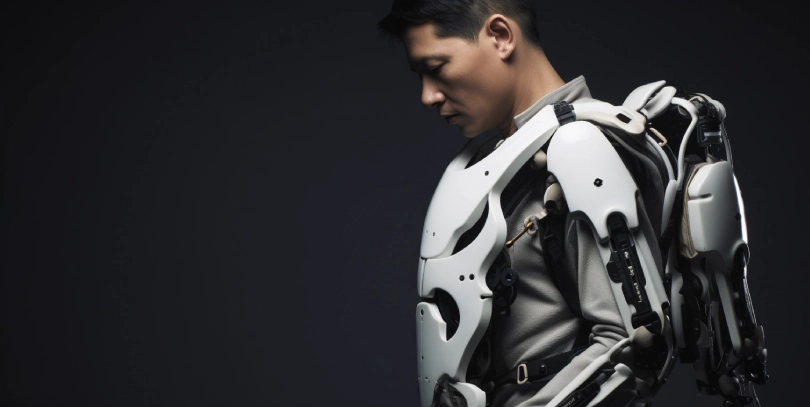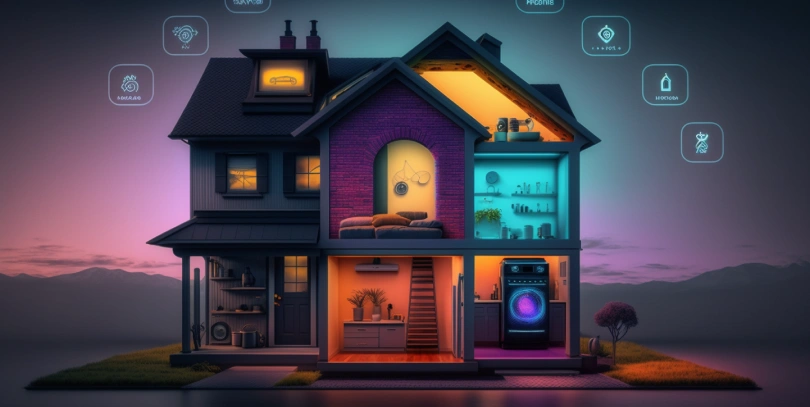Robotics is increasingly becoming a staple in the healthcare industry. From robotic surgery to robotic assistant nurses and even robots that can detect cancer, the world of robotics in healthcare is rapidly evolving. This article will explore some of the facts, advantages, and potential future applications of robotics in healthcare.
- Robotic surgery is becoming a faster, safer and more efficient form of medical care.
- Robot nurses are being used in some hospitals to help with mundane tasks such as delivering meals, taking vital signs and providing general assistance to patients.
- Robotics are being used in a variety of diagnostic tools such as computer-assisted MRI scans or CAT scans that use robotics for higher level accuracy over traditional imaging techniques.
- Robots can detect cancer cells with high precision due to artificial intelligence algorithms that can identify patterns better than human eyes alone.
- Automated robots can be programmed for repetitive tasks like suturing wounds or dispensing medications quickly and accurately without the need for direct human guidance each time it is performed.
- Robots have been developed to provide physical therapy treatments saving patients time from having to go into a clinic multiple times per week for rehabilitation sessions with professional therapists.
- Robotics also has potential applications in remote healthcare where doctors can have access to patient data from anywhere by using telemedicine robots.
- Robotics is increasingly being used in robotic prosthetics, helping people who have lost limbs regain full functionality of their body parts through the use of advanced robotic technologies.
- Robotics can be used to automate the entire process of medical diagnosis, from initial evaluation all the way through to treatment and follow-up care.
- Robotic technology has helped doctors perform complex procedures with greater accuracy and precision than ever before, reducing risks associated with traditional surgeries.
- Robots are being developed that can take on more of a caregiver role in hospitals or nursing homes, providing companionship to elderly patients.
- The use of robotics reduces the amount of time needed for administrative tasks, freeing up healthcare professionals to focus on direct patient care instead.
- Robotics have also enabled the development of enhanced surgical tools such as robotic arms which allow surgeons more control over their operations.
- Robotics has been used for years in drug development and manufacturing processes, allowing large amounts of drugs to be produced quickly and efficiently.
- Robotics is being used in medical laboratories to speed up and streamline the testing process of new drugs, ensuring accuracy and reliability.
- Robotic systems are being developed that can monitor vital signs such as blood pressure, heart rate and oxygen levels with greater precision than human nurses or doctors.
- The use of robotics has enabled advances in the field of medical imaging diagnostics, allowing doctors to detect small tumors earlier when they are easier to treat.
- Robots have been deployed for monitoring purposes in hospitals where cameras or other sensors track patients’ movements without compromising privacy.
- Robots have also been used for delivering medicines within a hospital setting, reducing time spent manually transporting medications from one place to another.
- Robotics technology is increasingly becoming more sophisticated, allowing it to be integrated into other healthcare systems such as electronic health records (EHRs), telemedicine services and patient scheduling software.
- Robotics can be used to help medical teams in emergency situations by providing real-time data and analysis of critical patient care metrics.
- Robotic technology can also assist with the collection and processing of large amounts of data, allowing for quicker insights into potential treatments or disease patterns.
- Robotics has enabled the development of new medical devices such as artificial organs or prosthetics which have drastically improved people’s quality of life.
- Robots are being developed to provide personalized medicine tailored specifically for individual patients based on their genetic makeup, health condition, lifestyle choices and other personal factors.
- The use of robotics in healthcare is rapidly advancing, making it possible for more accurate diagnoses, faster treatment times and improved outcomes overall.
- Robotic technology is increasingly being used in rehabilitation centers to provide physical therapy and assistive devices for patients with disabilities or mobility impairments.
- The use of robotics has enabled the development of advanced prosthetic limbs with improved functionality and dexterity than traditional prosthetics.
- Robots are also being developed for surgical guidance, allowing surgeons to perform more precise incisions without having to manually adjust a scalpel or other instrument during an operation.
- Robotics technology has enabled the development of virtual reality systems which allow doctors to practice surgical techniques in a simulated environment before performing them on real patients.
- Robotics is also helping doctors store vital patient data securely and quickly access relevant information during consultations.
Source:






